6 Stuffed Toys That Were Just Plain Weird – And 6 Childhood Favorites We’ll Always Love

Remember that special stuffed friend who was always by your side—through stormy nights, scraped knees, and epic backyard adventures? I sure do. Mine had matted fur, one floppy ear, and a name that made no sense outside my five-year-old brain. But to me, that plush companion was a superhero, a therapist, and a best friend all rolled into one.
Stuffed toys have been cherished childhood staples for generations, offering comfort when the world felt big and scary, and fueling endless hours of imaginative play. But let’s be honest—not all stuffed animals are created equal.
For every beloved teddy or floppy bunny, there was that one oddball toy that made you pause and wonder what the toy designers were thinking. A duck in pajamas? A vaguely human-faced lamb? Some plushies were adorable.
Others felt… slightly cursed. Still, no matter how strange they looked, these stuffed sidekicks carved out special places in our hearts. Some of us even keep them well into adulthood—tucked on a shelf or hidden in a drawer—because letting go feels like parting with a piece of ourselves. They’re more than just toys; they’re tiny, fuzzy time machines packed with memories, love, and a touch of childhood magic.
1. Mental Health ‘Patients’ – When Plushies Got Too Real
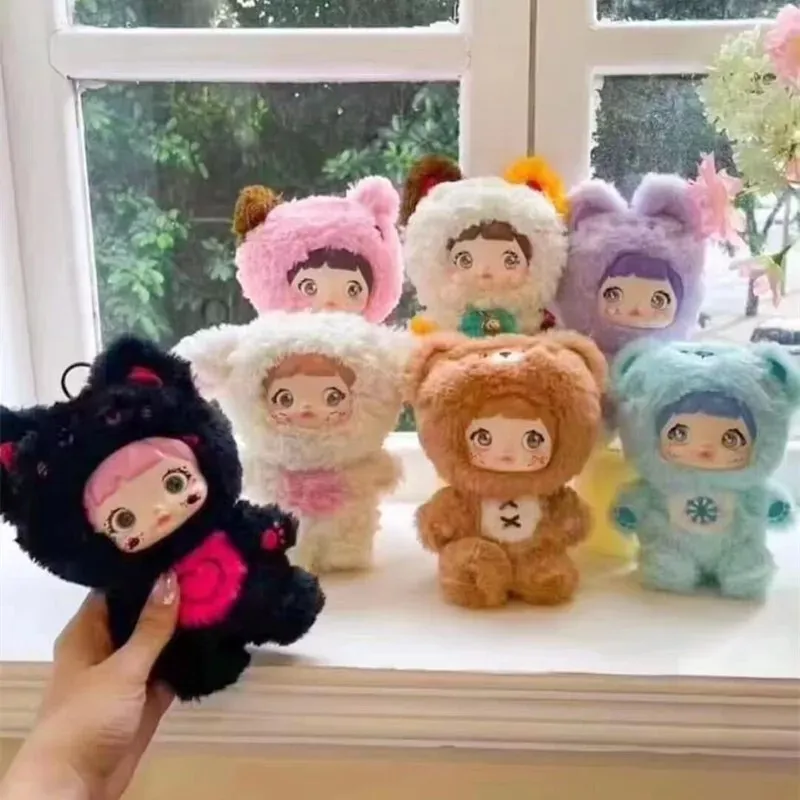
Paraplush took stuffed animals to a bizarre new level with their ‘Patients’ series. I remember discovering these in a specialty shop and doing a double-take! Each plush represented a different mental health condition – like Dolly the sheep with multiple personality disorder who occasionally transformed into a wolf.
My friend’s younger brother received one as a misguided gift and burst into tears. The collection included an alligator with paranoid psychosis and a snake with body dysmorphia. While perhaps well-intentioned as conversation starters about mental health, these toys missed the mark on appropriate children’s playthings.
The company defended them as educational, but most parents and child psychologists disagreed. These unsettling stuffed companions quickly disappeared from mainstream stores, becoming odd collector’s items instead. Sometimes creativity crosses into territory that leaves us wondering, “Who exactly thought this was a good idea for kids?”
2. Zippy Friends – Organs You Can Actually Play With
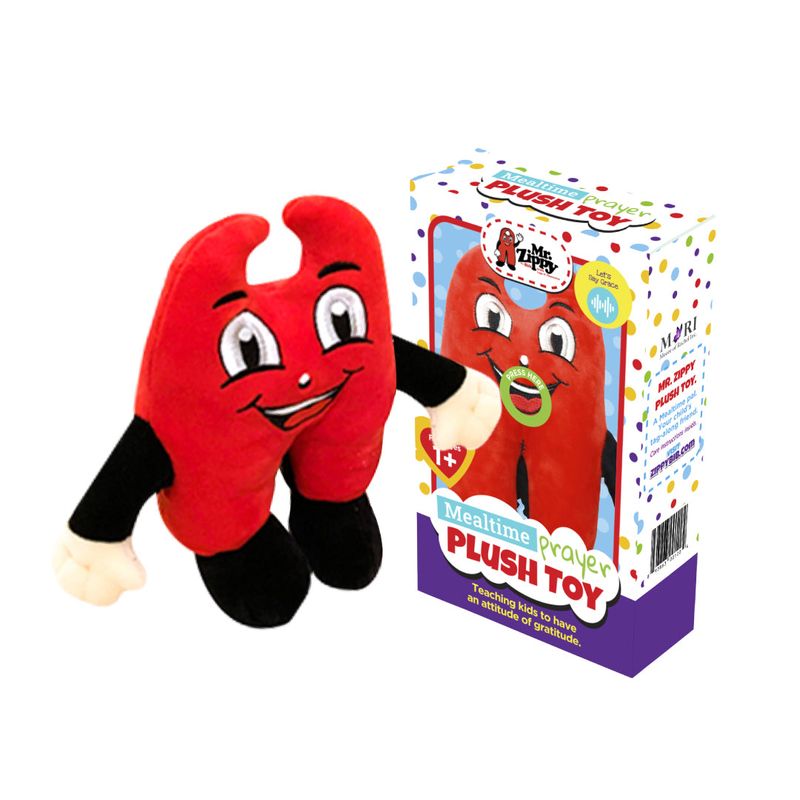
My niece once proudly showed me her favorite toy – a cute teddy bear with a disturbing secret. “Watch this, Auntie!” she exclaimed, unzipping its belly to reveal a collection of plush organs she could remove and rearrange. I nearly spilled my coffee!
Zippy Friends took educational toys to a whole new level of weird. These stuffed animals featured zippered torsos that opened to display anatomically placed (though not entirely accurate) internal organs. Hearts, lungs, intestines – all detachable and ready for tiny hands to explore.
The creators argued they helped children understand basic anatomy in a non-threatening way. But watching a five-year-old gleefully removing a stuffed liver from her teddy bear raised some questions about appropriate playtime activities. Despite their oddity, these toys developed quite a following among science-minded parents and future medical students!
3. Cigarette Plush – The Toy Nobody Asked For
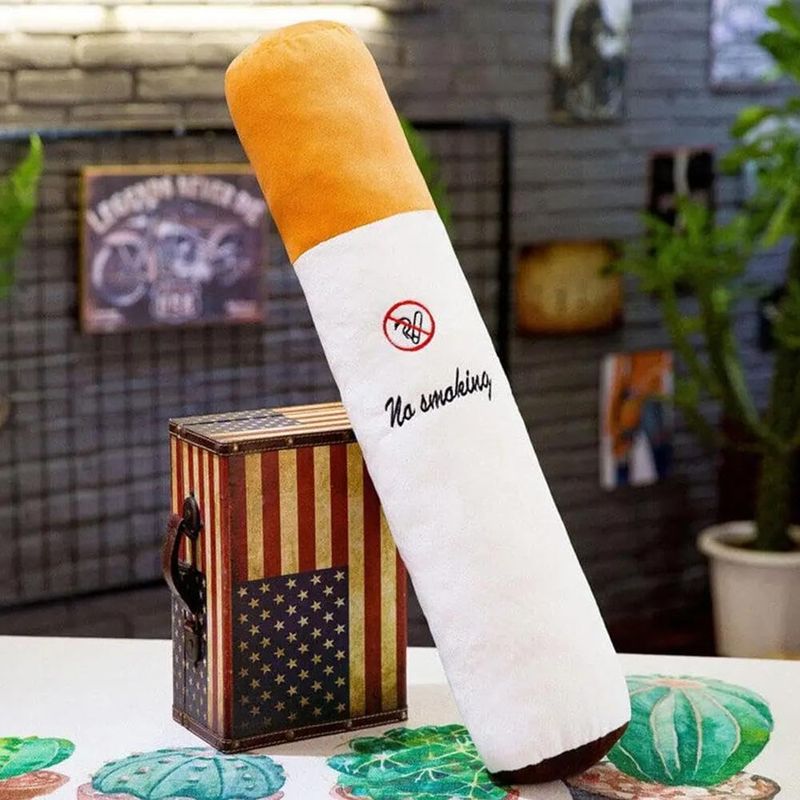
Nothing says “childhood joy” quite like a stuffed cancer stick! McBittersons created possibly the most head-scratching plush toy ever – a cigarette with a sad face. When my cousin unwrapped one at a white elephant gift exchange, the room fell silent before erupting in uncomfortable laughter.
The tag literally labeled it as “sad because it’s a carcinogen.” Was it an anti-smoking educational tool? A hipster conversation piece? Either way, it missed the mark for appropriate children’s toys by about a million miles.
The company defended it as ironic social commentary, but parents weren’t amused. The bizarre creation found its niche market among college students and irony-loving adults looking for quirky office decorations. While creative and certainly unique, this plush cigarette represents a time when toy designers perhaps needed to step back and reconsider their life choices.
4. Bat Boy Doll – Tabloid Terror Turned Cuddly
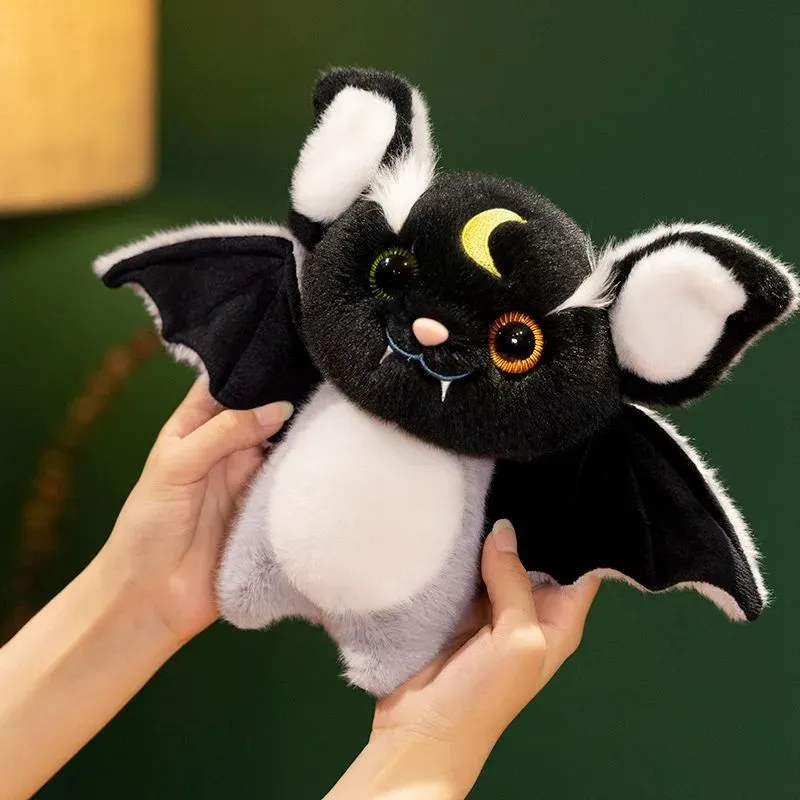
Growing up, I’d sneak peeks at the Weekly World News tabloid in grocery checkout lines, fascinated by the bizarre half-bat, half-human creature with bulging eyes and pointy ears. Never did I imagine someone would turn this nightmare fuel into a cuddly companion!
The Bat Boy plush transformed the screaming tabloid sensation into something you could actually sleep with (though why you’d want to remains unclear). With its oversized eyes, gaping mouth full of teeth, and strange pointed ears, this plush managed to be both disturbing and oddly charming.
Collectors and fans of the weird snatched these up quickly when they hit the market. While most children preferred teddy bears or bunnies, a certain type of unconventional kid found comfort in this bizarre cryptid cuddle buddy. The toy perfectly captured that strange era when tabloid culture crossed over into mainstream pop culture, creating unlikely icons from the pages of supermarket checkout stands.
5. Biting Pear of Salamanca – Internet Meme Made Material
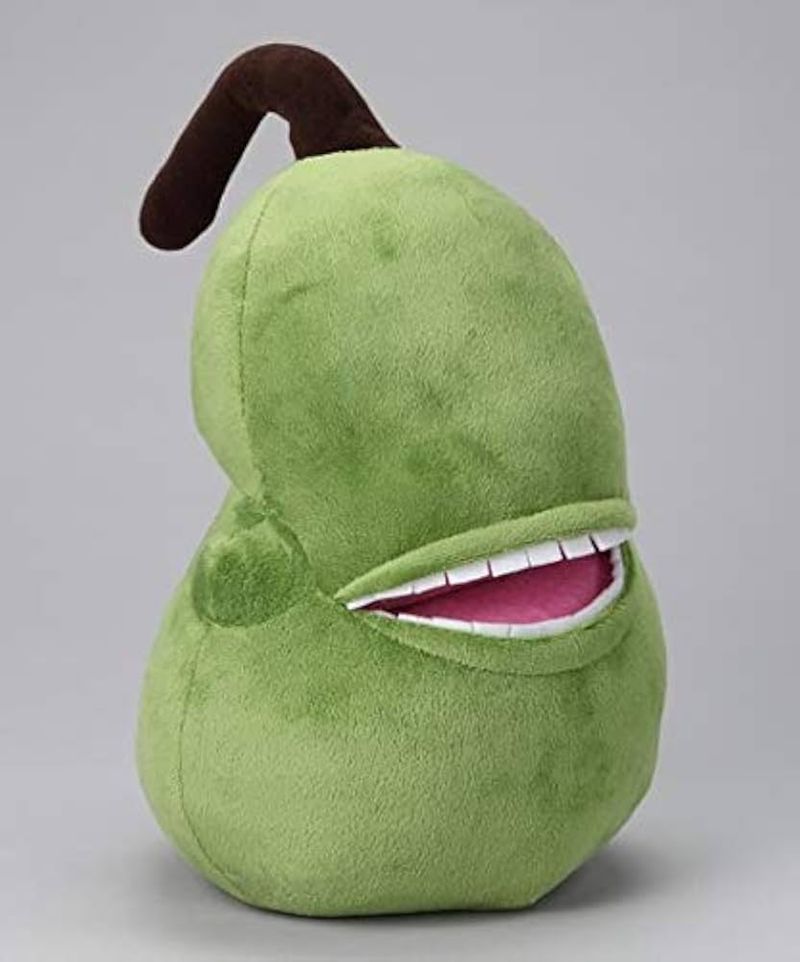
The internet has given us many strange things, but the Biting Pear of Salamanca plush might take the cake for weirdest transition from digital to physical. My college roommate ordered one online after a late-night meme-scrolling session, and I’ll never forget the confused look on our delivery guy’s face.
Based on the infamous “LOL WUT” pear meme that circulated in the early 2000s, this green fruit with an unsettling human-like face and massive teeth became an unlikely plush toy. Its bizarre expression – somewhere between maniacal and confused – perfectly captured the random humor of early internet culture.
Despite its strangeness (or perhaps because of it), the pear developed a cult following. People displayed them proudly on desks and dorm room shelves as badges of internet insider knowledge. Not quite a children’s toy but definitely a conversation starter, this weird fruit plush represented the moment when internet culture began materializing in our physical world.
6. Anubis Plush – Ancient Death God Goes Soft
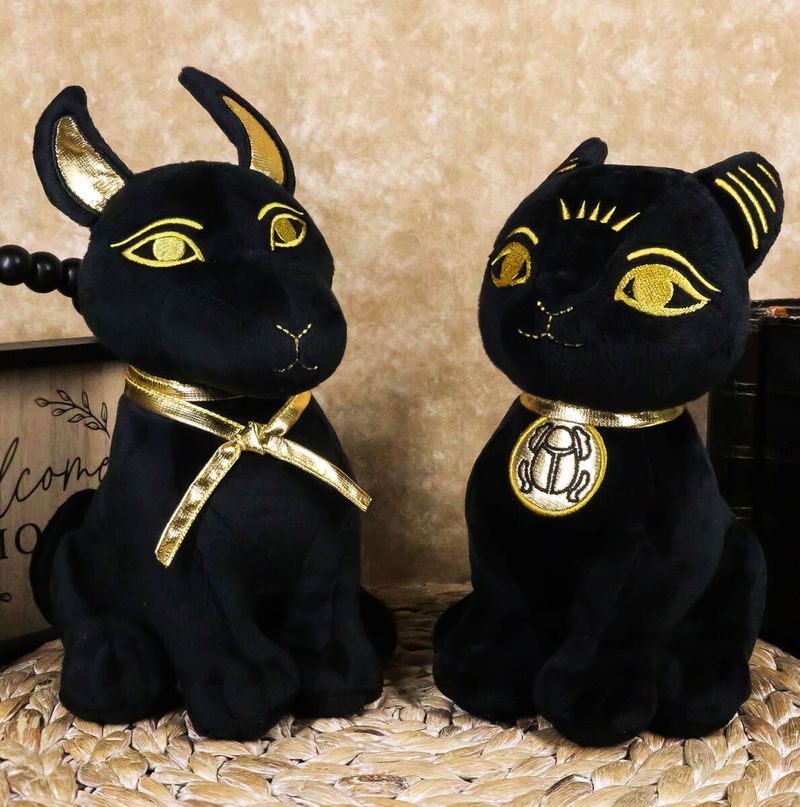
“Mom, can I have the cute jackal-headed god of mummification and the afterlife?” said no kid ever – until this plush appeared! I spotted one at a museum gift shop and couldn’t decide if it was brilliant or bizarre.
The ancient Egyptian deity responsible for guiding souls to the afterlife and weighing hearts against the feather of truth somehow transformed into an adorable stuffed toy. Complete with traditional Egyptian headdress and jackal features, the Anubis plush managed to make death and judgment look downright huggable.
History buffs and mythology enthusiasts embraced these unusual toys, while parents tried to explain to confused children why they were snuggling with a death deity. Educational value aside, there’s something fundamentally weird about turning ancient religious figures associated with embalming and the underworld into bedtime companions. Yet somehow, the Anubis plush found its niche, proving that literally anything can become a stuffed toy with the right marketing.
7. Teddy Bears – The Original Comfort Companion
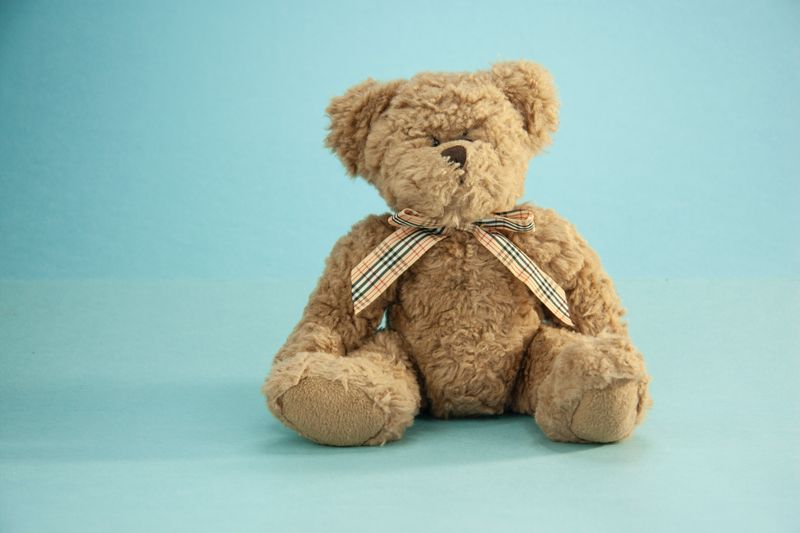
My first teddy bear, Mr. Snuggles, survived countless adventures, tea parties, and tear-filled nights. He’s missing an eye now and his stuffing has seen better days, but he still holds a place of honor on my bookshelf. There’s something magical about teddy bears that transcends generations.
Born from a hunting trip story involving President Theodore Roosevelt (hence “Teddy”), these cuddly bears quickly became symbols of comfort and security. Their simple design – rounded ears, button eyes, and a stitched smile – somehow perfectly captures the essence of childhood companionship.
What makes teddy bears special isn’t fancy features or trendy designs – it’s their steadfast presence. They listen to secrets, absorb tears, and provide comfort without judgment. While toy trends come and go, teddy bears remain timeless symbols of unconditional love. They’re often the first gift we receive and sometimes the last childhood treasure we’re willing to part with, bridging the gap between our innocent past and grown-up present.
8. Beanie Babies – The Plush That Launched a Collecting Frenzy
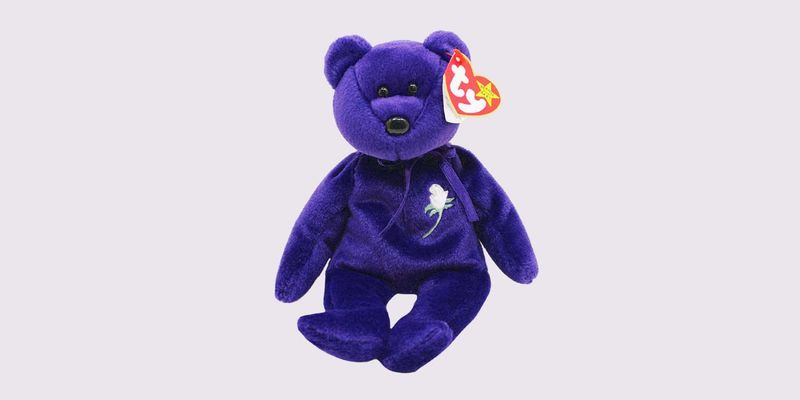
I still remember the day my mom waited three hours in line to buy me a Princess Diana memorial Beanie Baby. “It’ll be worth thousands someday!” she insisted. Twenty-five years later, it’s worth about $5, but the memories are priceless.
These small bean-filled animals with heart-shaped name tags created a collecting hysteria unlike anything before. Ty Warner’s marketing genius included limited releases and strategic “retirements” that had parents fighting in toy store aisles and kids treating their collections like precious investments.
Each Beanie Baby came with a name and personality-filled poem, giving them character beyond typical stuffed animals. While they never became the college-fund-funding investments many hoped for, they did something more valuable – they created shared memories across generations. For those of us who grew up in the 90s, seeing a Beanie Baby instantly transports us back to a simpler time when a small stuffed animal could feel like the most important treasure in the world.
9. Care Bears – Colorful Guardians of Good Feelings
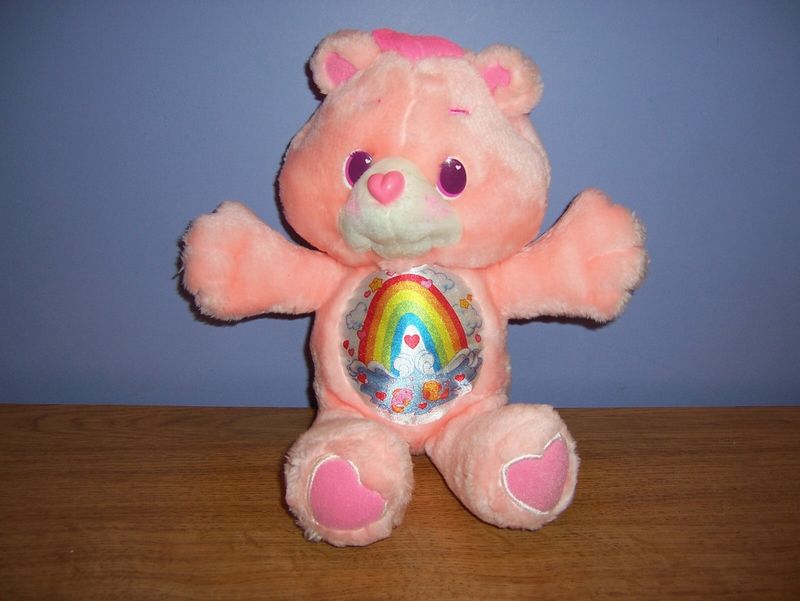
The rainbow-colored bear that lived on my bed throughout elementary school wasn’t just a toy – Cheer Bear was emotional support in plush form! With her sunshine belly badge and permanent smile, she made even the worst days better.
Care Bears burst onto the scene in the 1980s as greeting card characters before evolving into a plush phenomenon. Each bear’s belly badge represented different emotions and values – from sunshine (Funshine Bear) to rainbows (Cheer Bear) to hearts (Love-a-Lot Bear). Their Cloud Kingdom home and mission to spread good feelings throughout the world captured children’s imaginations.
More than just cute faces, these bears taught emotional intelligence before it was trendy. They helped kids identify and express feelings during a time when children’s emotional needs weren’t always prioritized. Their staying power proves their brilliance – nearly 40 years later, new generations still connect with these colorful emotional ambassadors, showing some childhood favorites never go out of style.
10. Tickle Me Elmo – The Laugh That Launched a Shopping Frenzy
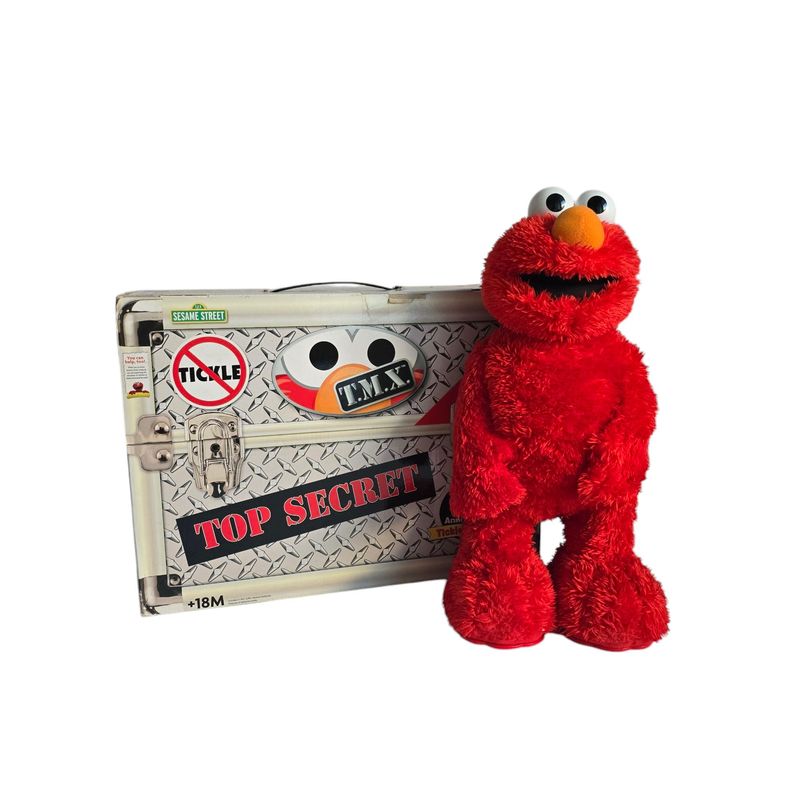
Christmas 1996 turned normally rational adults into shopping gladiators, all fighting for a vibrating red monster that giggled uncontrollably. My aunt literally traded her concert tickets to a store clerk for the last Tickle Me Elmo in stock!
This interactive Sesame Street character did something magical – it brought Elmo’s infectious laugh into the physical world. Press his tummy, and the plush would shake, vibrate, and emit that distinctive giggle that either delighted or terrified children (depending on the child). The toy’s popularity blindsided even its manufacturers, creating a holiday shortage that led to store stampedes and secondary market prices exceeding $1,000.
Beyond the hysteria, Tickle Me Elmo represented a turning point in interactive toys. Its technology seems simple by today’s standards, but at the time, having a plush toy respond to touch was revolutionary. The toy’s legacy lives on both as a beloved childhood memory and as shorthand for holiday shopping madness.
11. Hello Kitty – The Bobtail Cat That Conquered the World
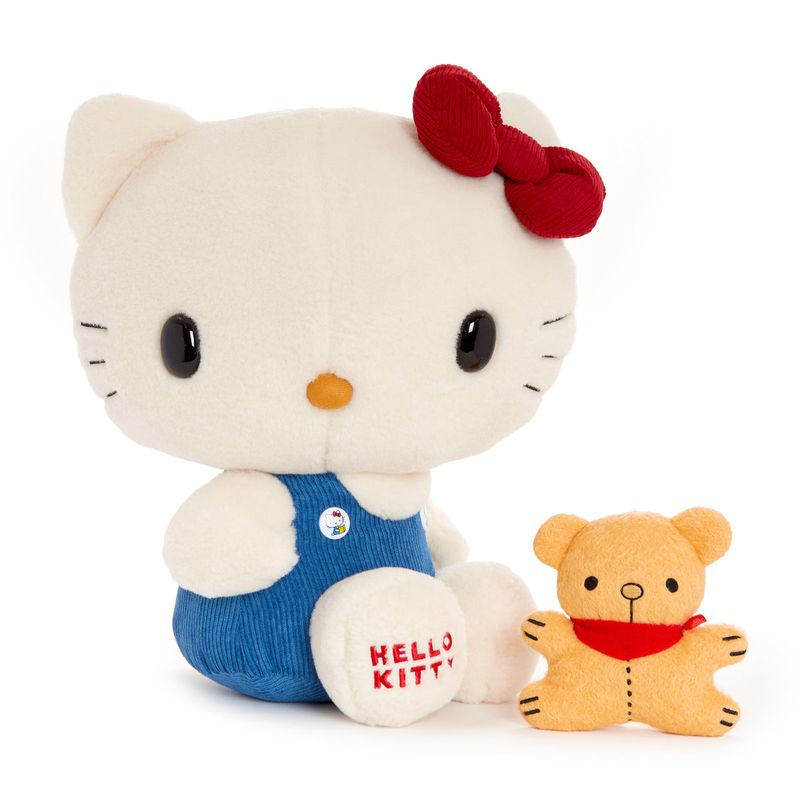
“She’s not actually a cat, you know,” my Japanese pen pal informed me when I showed off my Hello Kitty collection. “She’s a little girl.” Mind. Blown. Whether feline or human, this bow-wearing character has become one of the most recognizable icons on the planet.
Created by Sanrio in 1974, Hello Kitty’s simple design – white face, no mouth, red bow – somehow captured hearts worldwide. Her minimalist expression allows children to project any emotion onto her, making her the perfect companion for all situations. The character’s backstory includes a British upbringing and a twin sister named Mimmy (bet you didn’t know that!).
What started as a cute design on a coin purse exploded into a multi-billion dollar empire spanning everything from pencil cases to airplanes. Hello Kitty transcended being just a stuffed toy to become a cultural phenomenon representing kawaii (Japanese cuteness) globally. Her staying power proves sometimes the simplest designs make the strongest connections.
12. Pokémon Plushies – Gotta Hug ‘Em All
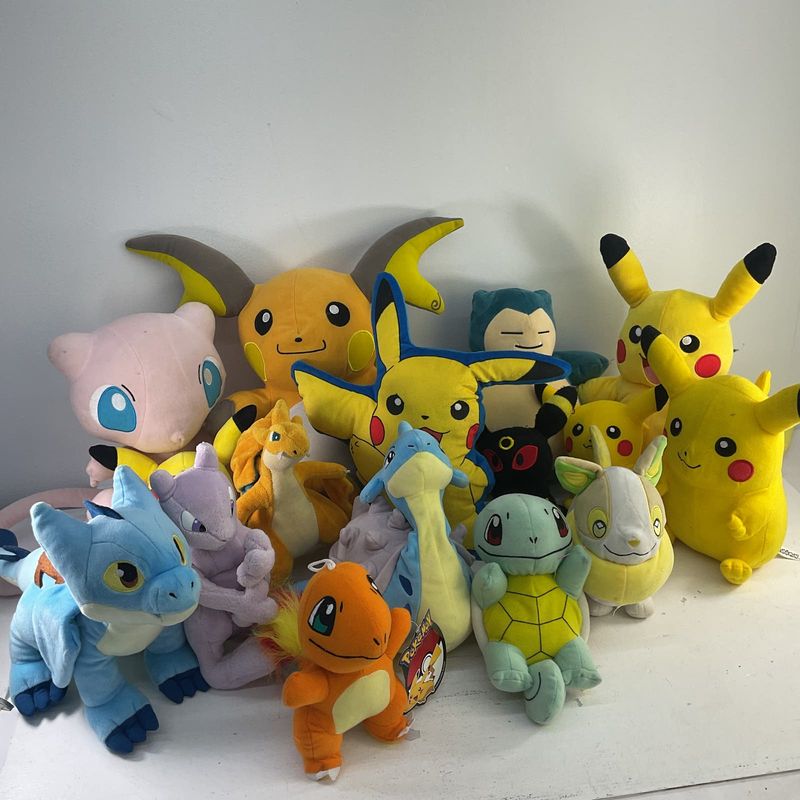
My brother and I once saved our allowance for three months to buy a giant Snorlax plush that became our favorite reading pillow. There’s something extra special about cuddling with creatures you’ve trained and battled with in the digital world.
When Pokémon exploded onto the gaming scene in the late 90s, the transition to plush toys was natural and immediate. Suddenly kids could hold Pikachu, Bulbasaur, and Charmander in their arms, bringing virtual companions into physical reality. The toys brilliantly bridged the gap between screen time and traditional play.
What makes Pokémon plushies unique is how they connect to an entire universe of stories, powers, and adventures. They’re not just cute animals – they’re creatures with specific abilities and personalities that children already feel connected to. This emotional investment explains why even adults still display their favorite pocket monsters proudly. These stuffed creatures represent not just childhood nostalgia but ongoing connections to a world that continues evolving alongside its fans.
